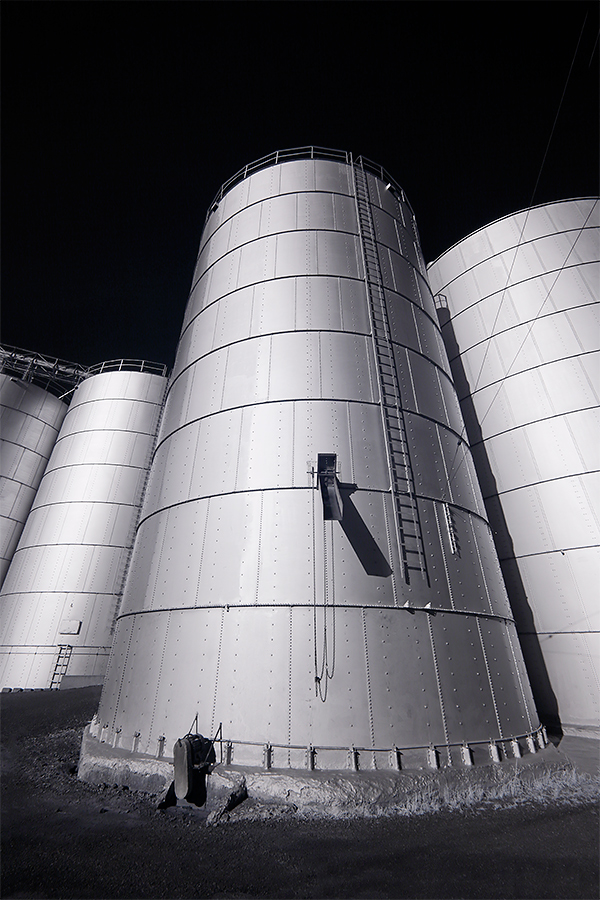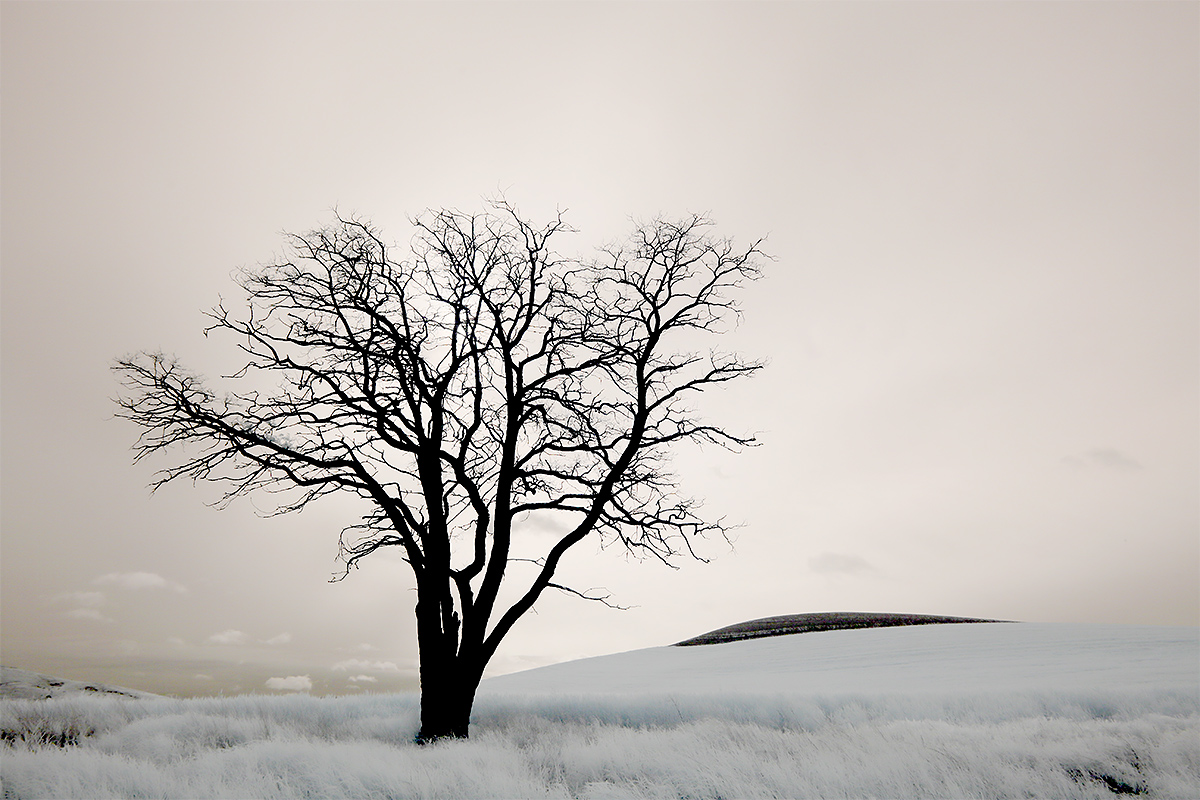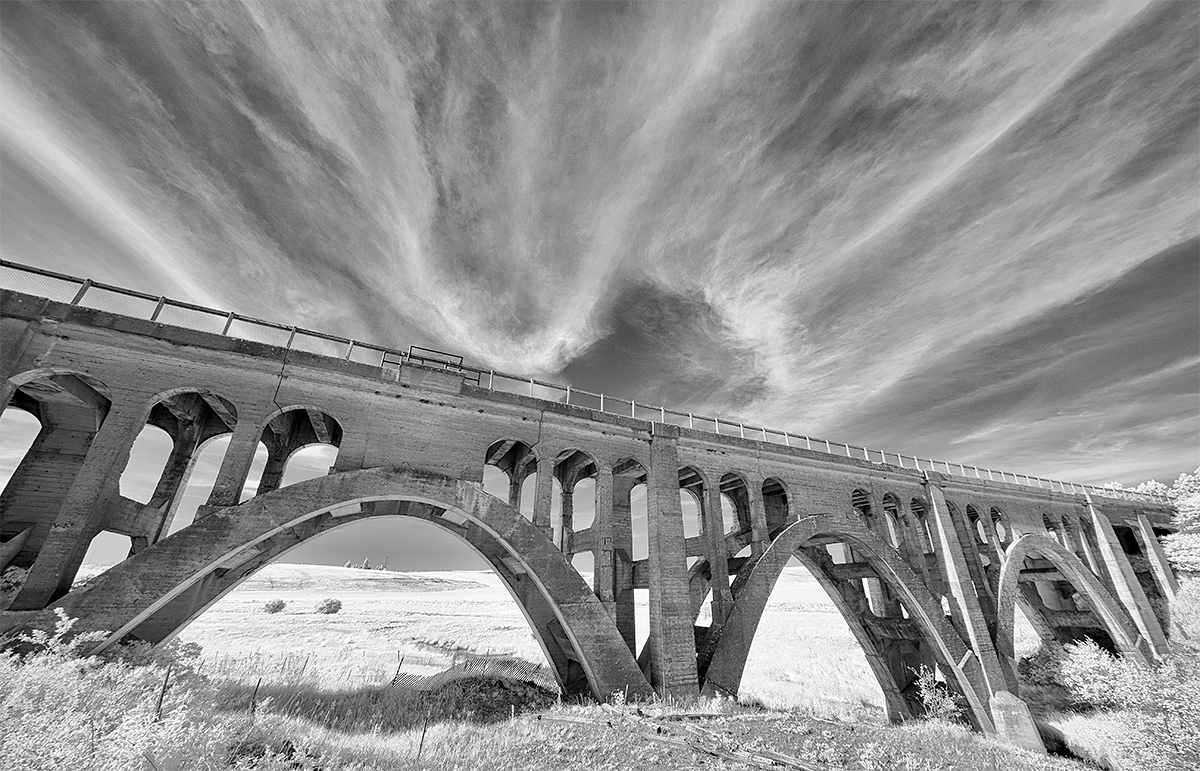What’s Up?
My first night home I slept eight hours with five pit stops. After my first ice bath in more than two weeks on Thursday, I slept seven hours with no pit stops. The power of the ice baths is amazing. No swim on Friday, just an ice bath. When I finish this blog post I hope to get on the floor and resume my core, shoulder, and knee exercises….
Though I got a ton done today, I did not get online to arrange the National Trust memberships for the sold out UK Puffins and Gannets IPT that I am leading with Denise Ippolito. This blog post took about four hours to prepare and will be published at 5:00am on the early morning of Saturday, June 13.
Blog Thanks
Those who wish to thank me for the work that I put into the blog and the hours I spend each week answering your e-mail questions are invited to click here or to send a Paypal to us at birdsasart@verizon.net. All donations are greatly appreciated. artie
Lake Kerkini Dalmatian Pelicans IPT
If the promised deposit checks arrive, there is only one spot left on this amazing trip. See the blog post here.
2016 Palouse IPTs
We received several more deposits today for each of the two 2016 Palouse IPTs. Click here for more information.
Please Remember to shop the BAA Online Store, and to use our Affiliate Links 🙂
To show your appreciation for my continuing efforts here, we ask, as always, that you use our the B&H and Amazon affiliate links on the right side of the blog for all of your purchases. B&H is recommended for you major photography gear purchases, Amazon for your household, entertainment, and general purpose stuff. Please check the availability of all photographic accessories in the BIRDS AS ART Online Store, especially the Mongoose M3.6 tripod heads, Gitzo tripods, Wimberley heads and plates, LensCoats and accessories, and the like. We sell only what I have used, have tested, and can depend on. We will not sell you junk. We know what you need to make creating great images easy and fun. And we are always glad to answer your gear questions via e-mail. I just learned that my account was suspended during my absence; it should be up and running by Monday at the latest.
I would of course appreciate your using our B&H affiliate links for all of your major gear, video, and electronic purchases. For the photographic stuff mentioned in the paragraph above we, meaning BAA, would of course greatly appreciate your business. Here is a huge thank you to the many who have been using our links on a regular basis and visiting the BAA Online store as well.
|
This image was created on the second Palouse IPT with the hand held Canon EF 11-24mm f/4L USM lens (at 14mm) and an EOS-5D Mark II converted to Infrared at 720nm by Kolari Vision. Evaluative metering +1 1/3 stops: 1/500 sec. at f/11. Custom WB. Center AF point/One Shot/Shutter Button AF as framed. Click on the image to see a larger version. Image #1: Modern Grain Elevators/Infrared Capture |
Infrared Info
About a month ago, on the advice of IR expert Mark Hilliard, I had a 5D Mark II in pretty decent shape converted to IR at 720 nm (nanometers) Infrared by Kolari Vision. Both Denise and I used the body extensively on both Palouse IPTs and shared it often with more than a few participants who wanted to dabble. Everyone had a ton of fun. Digital IR is new and different and exciting, at least to denise and to me. Both of us were very happy with the quality of the work done by Kolari Vision and with the resulting image quality as well. There is a pretty steep learning curve with IR photography but we are a very clever team and we figured things out pretty quickly.
Kolari Vision Infrared Camera Conversions
If you are ready to join the fun and have a camera converted to Infrared, use the Kolari Vision logo-link above to order your conversion and I will be glad to send you my simple guide to properly setting a Custom White Balance for infrared photography at 720nm. Simply forward your Kolari Vision receipt to me via e-mail and we will be glad to shoot you the PDF.
Kolari Vision prides themselves on their fast turnaround times and excellent customer service; they are getting better and faster as they employ several full time technicians to service everything as quickly as possible. The filters they use have been specifically designed for each camera and filter combination to be the optimal thickness for best autofocus performance between lenses, and the best corner sharpness. The filters also fit directly into the frame making the conversion non-damaging and reversible if needed. Others uses a few standard-sized thick filters that they calibrate the camera around. Doing this reaches accurate autofocus with their test lens. But when a filter is too thick for what the optics were designed for, the sharpness can suffer, particularly in the corners, and other lenses will not consistently focus accurately. Some other IR converters glue their filters directly to the sensor; that makes it almost impossible to revert back or to change the filter.
Kolari offers a comprehensive shop for infrared bodies; customers can order converted cameras directly from KV. Their focus on optical quality built from the ground up has allowed them to recently offer a service that improves the performance of Sony A7 series cameras to the level of the Leica M240 cameras. Content-wise, Kolari has a very comprehensive article list and an exhaustive lens performance database chock full of technical details. Soon, KV will feature an interactive gallery that will showcase different camera/filter picture combinations to get rid of some of the mystery of picking a camera to convert.
|
This image was created on the first Palouse IPT with the hand held Canon EF 11-24mm f/4L USM lens (at 20mm) and an EOS-5D Mark II converted to Infrared at 720nm by Kolari Vision. Evaluative metering +1 stop: 1/1250 sec. at f/9. Custom WB. Center AF point/One Shot/Shutter Button AF on the branches and recompose while half-pressing the shutter button. Click on the image to see a larger version. Image #2: Denise’s Tree/Infrared Capture/Image copyright 2015: Arthur Morris/BIRDS AS ART |
Choosing a Filter
Filter Choices
The text below is cut and pasted from an informative Kolari Vision article. You can access the complete photo illustrated tutorial by clicking here.
We currently have 6 filters to pick from. We offer the 720nm standard infrared, the 850nm deep infrared, the 665nm extra color infrared, the 590nm infrared, a full spectrum filter, and a two spectrum filter. All filters are the same price.
The Standard IR Filter (720nm) allows for good false color, and good contrast for black and white. This is equivalent to the Hoya R72 and the Wratten 89b.
The Ultra Color filter (590nm) lets more visible light in. It produces the most vibrant colors: leaves are golden yellow, skies are bright blue.
The Enhanced Color filter (665nm) has an effect between the 720nm and 590nm, producing more vibrant colors than the 720nm for pale yellow leaves and soft blue skies.
The Deep Black and White filter (850nm) is good for a dedicated black and white IR. The camera and will produce bright whites and pronounced blacks. It is Equivalent to the Wratten 87c.
After some serious thinking I converted my camera at 720nm. We did get a chance to experiment with Catherine Costolo’s super-color IR camera.
Costs
Kolari Vision offers economical IR conversions for a great variety of camera bodies.
|
This image was created on the second Palouse IPT with the hand held Canon EF 11-24mm f/4L USM lens (at 11mm) and an EOS-5D Mark II converted to Infrared at 720nm by Kolari Vision. Evaluative metering +1 1/3 stops: 1/200 sec. at f/8. Custom WB. Center AF point/One Shot/Shutter Button AF on the center of the bridge and recompose while half-pressing the shutter button. Click on the image to see a larger version. Image #3: Old Railroad Bridge/Infrared Capture |
Your Favorite?
Which of today’s three infrared images is your favorite? Please let us know why you made your choice.
Be sure to like and follow BAA on Facebook by clicking on the logo link upper right. Tanks a stack!
Support the BAA Blog. Support the BAA Bulletins: Shop B&H here!
We want and need to keep providing you with the latest free information, photography and Photoshop lessons, and all manner of related information. Show your appreciation by making your purchases immediately after clicking on any of our B&H or Amazon Affiliate links in this blog post. Remember, B&H ain’t just photography!
Amazon.com
Those who prefer to support BAA by shopping with Amazon may use this link:
Amazon Canada
Many kind folks from north of the border, eh, have e-mailed stating that they would love to help us out by using one of our affiliate links but that living in Canada and doing so presents numerous problems. Now, they can help us out by using our Amazon Canada affiliate link by starting their searches by clicking here. Many thanks to those who have written.
Typos
In all blog posts and Bulletins, feel free to e-mail or to leave a comment regarding any typos or errors. Just be right :).

















Nice post, Artie.
I have converted a Nikon D600 and D200. Both work well but it depends on your application. With older cameras, you need to think about whether they are worth a $250-300 investment and what the lifespan is for that camera and technology.
Converted IR cameras can be great for some wildlife. For example, white birds like Great Egrets and Snowy Egrets can be stunning in IR – either color IR with a channel swap or B&W.
Thanks! a
I love the silver tones of the grain elevator!
Hi Artie,
I love no 1 for its simple uncluttered beauty.and the dark sky. And the converging lines of the WA.
But no 3 immediately grabbed me.
It shouts., thunders …. I am yesterday’s subject matter.
I studied that concrete for ages looking at all the angles , trying to make sense of the relative positions of everything..
It is very cleverly composed to (purposely ?) confuse the eye with the main subject being that cross beam with the angled ends composed at an angle but to my builders eye it attaches square to it surrounding arches.
So mystery revealed and thank you.
Time today to read up a bit more on these IR conversions.
Glad to hear you are getting back to your healthy life.
Kind regards,
Love DP
My first IR was actually my first IPT with you in Bosque back in 2006.
After that I had a 20D converted but later sold it. Been inching to get
another one.
I actually got into a little spat once with a customer. She saw one of
mine and remarked how she loved the snow. I’m telling her it wasn’t snow,
it was infrared. We’re going back n forth…and its my image, but “I’m” wrong!!
It was hilarious.
Doug
Love that first image!!!
Thanks denise 🙂 a
I have been shooting IR since 2006. I have repurposed three cameras all by an outfit in NJ. My current IR camera is a Nikon D7100 at 720nm. I like all the photos , but my favorite is #1 Grain Elevators with the black sky. I think that any structures or machinery look great in Infrared.
Hi Art and Denise. I am happy to hear/see that you have discovered IR imagery. I used to shoot some IR in my film days [remember those 🙂 ] and went back to it in digital form a couple of years ago and I just love it. I am looking forward to seeing more of this imagery from both of you.
Ron
This is new to me. I’m glad you put it on the blog.
Very very interesting. It’s seems there may be a bit of a learning
Curve! In your opinion which is better to convert to IR a crop sensor or full frame sensor?
Or does it even matter?
Craig
Hi Craig,
I would think that full frame conversions are best as you want to take advantage of those big skies with wide or super-wide lenses…. artie
Yes. Good point. Thanks.
Well I guess now we know what the mystery subject was yesterday- part of image #3 from today.
One would think that… artie
Thanks. It does seem a bit harder to keep dust off the sensor….
I like the idea of re-purposing an older camera body, I had initially thought you used new bodies.
I dabbled a bit in infrared years ago in college but thought it a bit of a gimmick, however for some fun with an older body it would be great. My favourite of the three is Denise’s tree.
I wonder if dust becomes more of an issue with a converted camera?